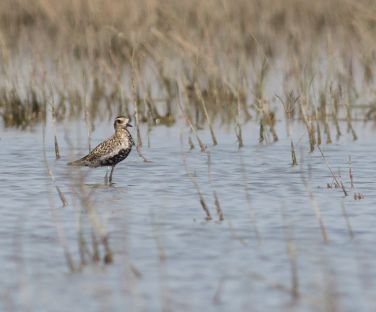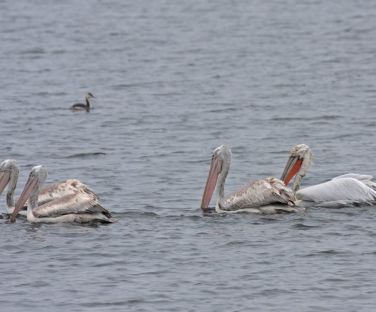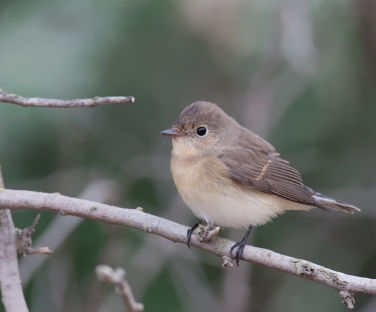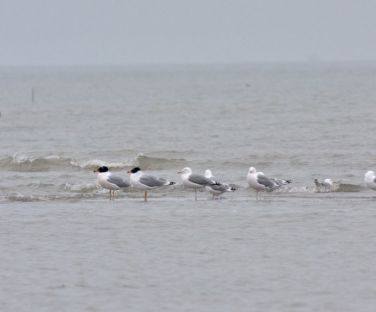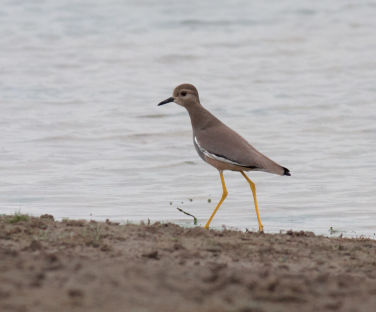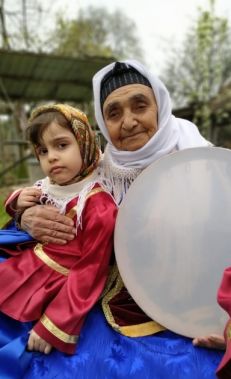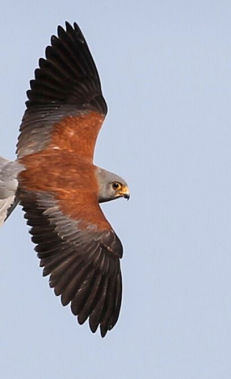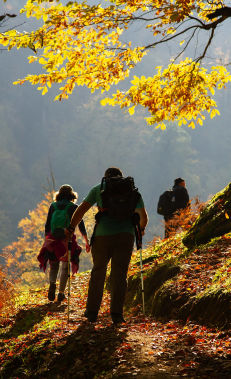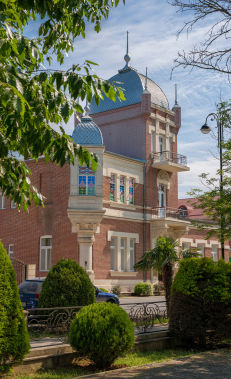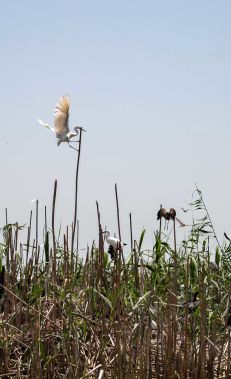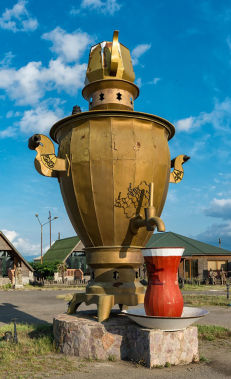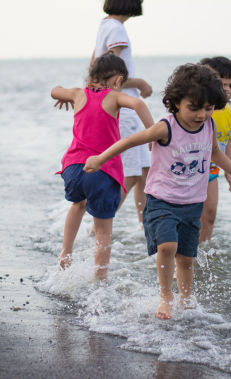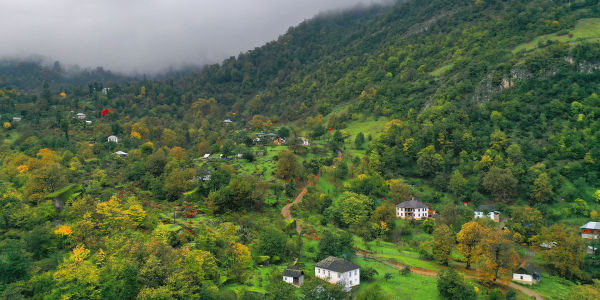birdwatching inGizil Aghaj National Park
Located 260 km south of Baku, this nearly 100,000 hectare huge protected area by the Caspian Sea consisting of forest and wetlands is one of the top birding sites in Azerbaijan. Gizil Aghaj is a key resting and refueling spot for seabirds migrating along the western coast of the Caspian, as well as a wintering ground for birds breeding in Eastern Europe, Russia and Central Asia.
Its mixed landscape of wetlands, reedbeds, sandy beaches and shallow lagoons is home to millions of birds mainly from October to May, and the avian show constantly changes throughout the year. Winter is great for the sheer volumes of waterbirds, whereas species diversity is best in autumn and spring. Numerous species also breed here. While a nature reserve was first established here in 1929, the national park was only set up in 2018 and is currently Azerbaijan’s largest. The site was included in the Ramsar List of the Convention on Wetlands of International Importance in 1975. Some excellent birdwatching points are actually located to the south of the park along the road leading across the lagoon to the peninsula where the park is located.
The area is vast and partly inaccessible, making it difficult to fully appreciate in a single visit. But spending a day of birdwatching between the road leading up to the park and the visitor centre is a very rich experience. A day in October or April/May can reveal over a hundred different species!
Target species:
In spring and autumn:
Citrine Wagtail (Motacilla citreola)
Broad-billed Sandpiper (Calidris falscinellus)
Terek Sandpiper (Xenus cinereus)
Pallid Harrier (Circus macrorus)
Steppe Eagle (Aquila nipalensis)
Eurasian Spoonbill (Platalea leucorodia)
Glossy Ibis (Plegadis falcinellus)
Red-necked Phalarope (Phalaropus lobatus)
Isabelline Shrike (Lanius isabellinus)
Black Francolin (Francolinus francolinus)
Blue-cheeked Bee-eater (Merops persicus)
Ménétries’s Warbler (Curruca mystacea)
Teal Duck (Anas crecca)
In winter:
Pygmy Cormorant (Microcarbo pygmeus)
Dalmatian Pelican (Pelecanus crispus)
Pallas’s Gull (Ichthyaetus ichthyaetus)
Lesser White-fronted Goose (Anser erythropus)
White-headed Duck (Oxyura leucocephala)
Greater Flamingo (Phoenicopterus roseus)
Red-breasted Goose (Branta ruficollis)
Little Bustard (Tetrax tetrax)
White-tailed Eagle (Haliaeetus albicilla)
Merlin (Falco columbarius)
Marsh Sandpiper (Tringa stagnatlis)
Black-tailed Godwit (Limosa limosa)
Black-necked Grebe (Podiceps nigricollis)
When to visit:
November-March for the huge numbers of wildfowl and some rare wintering species from Central Asia; April/May and September-October for a greater variety of resting waders, terns, passerines and passing raptors; July-August has a hot climate but also tens of thousands of waders in the shallow lagoons. Overall, good birdwatching is guaranteed from September until May.
Where to stay:
The comfortable Masalli Hotel & Restaurant (+994 50 299 8300) is located just 3 km from the birdwatching area and has a separate restaurant. In turn, Starway Hotel is situated 30 km from the park, while Khan Lankaran Hotel (+944 50 390 5446), located 28 km from its entrance, offers an authentic stay on the outskirts of the city.





